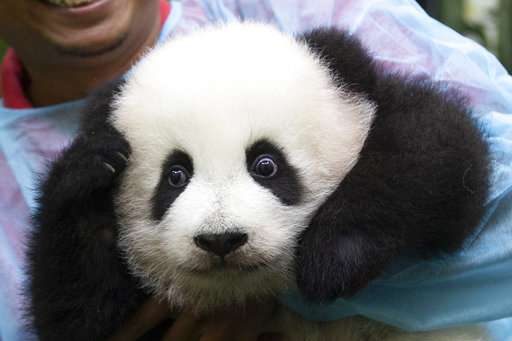If you could, would you take the chance to interact with countless animals frequently? Most people would say yes at the chance of taking care of these cute animals:


However, most people shudder at the thought of being in contact with predatory species:
-22.jpg)

People with high environmental identity typically find little difficulty in interacting with animals regardless of its appearance. This is because people with high environmental identity perceive animals to be similar to the human species. In comparison to a person with normal or low environmental identity, people with high environmental identity can also connect with animals faster and better.
Zookeepers
Zookeepers are classic examples of people with high environmental identity. With their frequent interactions with zoo animals, zookeepers are required to build emotional affinity and trust with them. This act of building relationships with animals stems from deep love and concern for nature (especially animals). In the zoo community, both animals and humans are included. These animals are seen as friends which are similar to humans. Their actions and behaviours are also anthropomorphized as humans try to communicate and understand them better.
Other examples
Apart from zookeepers, people with high environmental identity also take on roles such as pet owners or wildlife conservationists. Pet owners view their pets as a companion that is equal (or even better) to human companions. They take care of pets like their children and even provide them with human luxuries such as grooming or food delicacies. Singapore’s pet food industry generated revenue of US$102 million (S$141.36 million) in 2018, while the United States has generated revenue of US$28,662 million in 2018. Wildlife conservationists ensure that wild animals (and plants) have a safe habitat to live in, preventing any anomalies or harmful intervention. They also protect these animals from extinction and take charge in rehabilitative programs of endangered animals.
